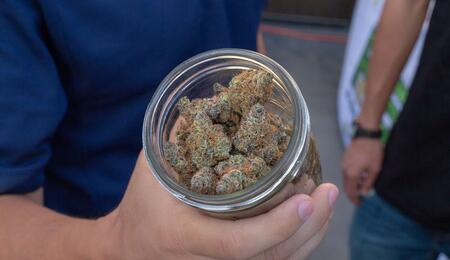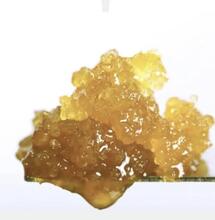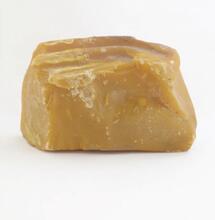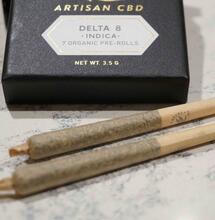Medical and Recreational Weed. What's the Difference?

Many people consume both medical cannabis and recreational cannabis. Still, there are differences in legislation and many other aspects.
Many people consume both medical cannabis and recreational cannabis. Still, there are differences in legislation and many other aspects.
THC and CBD Levels
The primary distinction between medical and recreational cannabis is CBD and THC content. Recreational cannabis tends to have a higher THC content than medicinal cannabis. While THC can be medicinally beneficial, its psychoactive nature is not perfect for users who want to use cannabis solely for health benefits.
On the other hand, CBD has been demonstrated to be an excellent medical treatment for several conditions. While medical and recreational cannabis contains THC and CBD, you can gain more medical benefits from a product with a higher CBD ratio. Cannabis with a high content of CBD has been scientifically confirmed to have anti-inflammatory, anti-anxiety, anti-oxidant, anti-carcinogenic and antipsychotic effects.
Legal Issues
In numerous parts of the world, recreational cannabis faces multiple legal constraints. Those ingesting it often have to do so very discreetly, as its use is not legalised. In contrast, as many start to discover the medicinal advantages of cannabis, medical cannabis is now widely accepted. Despite some states and countries legalising recreational cannabis, many people still find it challenging to obtain it in many parts of the world. However, the legal status of medical cannabis makes it more easily accessible. Laws governing medical cannabis have been relaxed and have transformed considerably in the last decade to permit more extensive use. Recreational cannabis, in contrast, still faces a lot of legal hurdles that restrict its availability and accessibility.
Quality
While both types of cannabis undergo the same growing methodology, discrepancies begin to materialise in cultivation and production. Cannabis meant for medical use experiences a more stringent and controlled process before it is available for consumption. In most cases, medicinal cannabis is grown indoors under strictly controlled conditions as opposed to recreational cannabis, which can be grown indoors or outdoors. Medical cannabis is also closely scrutinised on inputs such as pesticide usage and feed; the end product has to be secure for patients. The procedures that go into the production of medicinal cannabis significantly differ from that of cannabis grown for recreational purposes. Whilst everyone wants a safe product, medical cannabis tends to be a more refined, purer, safer product.
Variety of Purpose
Many people use recreational cannabis for socialising and personal delight. Medical cannabis, however, is considered more adaptable as it is associated with countless medical benefits. In addition, it typically has lower THC and higher CBD ratios. Therefore, it can be comfortably used by the elderly and children. Recreational cannabis is restricted to a strict age limit in locations that allow its use. As a result, medical cannabis is available to a more expansive group of users regardless of age, making it more accessible.
The Shopping Experience
When shopping for medicinal cannabis, patients need ID and medical cannabis card to show that they're approved to buy cannabis. Stores selling recreational weed are not licensed to give their patients medical advice. However, medical patients are allowed to shop at these stores too. There are also dual-licensed shops that are licensed to cater both medical and recreational consumers. Medical cannabis vendors must undergo training and obtain certification. Recreational buyers will often not receive any advice or guidance as the salesperson assumes you are already aware of what you want.
Perks and Benefits
Dependent on the country, patients intending to use medical marijuana are entitled to various benefits not available to buyers of recreational weed. Benefits include lower prices and taxes, legal access for minors, strains specifically approved for chronic illnesses such as cancer and epilepsy, restrictions on THC potency limits, and access to larger doses dependent on the individual prescription. In addition, medical patients may be permitted to grow their cannabis for medicinal purposes and to grow more than their recreational cannabis counterparts. In conclusion, while medical and recreational cannabis come from the same plant, clear distinctions depend on how the final product is used.







